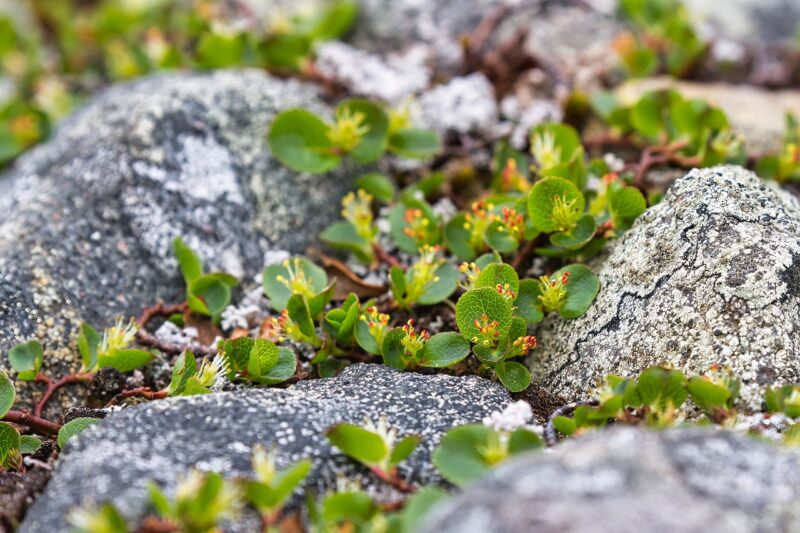Published: 17/02/25 By: Mike Bekin
From the table on which you eat your dinner to the beams which hold up your home, the wonderful world of timber is all around you. It is not strange then that in its abundance, it often blends into the background. At EcoChoice, we think it is about time we all got to know a little better the timber we use so frequently, which is why we have put together some facts and stats you need to know.
From construction workers to DIY enthusiasts, get to grips with the timber you use with these interesting facts.
Hardwood Timbers Can Be Soft
You will often hear different types of timber species described as either hardwood or softwood. Do not take these terms literally! Rather than describing the texture of the timber, the terms actually refer to differences in the trees themselves. Hardwood comes from broad-leaved, deciduous trees, which typically lose their leaves annually. On the other hand, softwood comes from coniferous trees, which usually have needles and stay green year-round
Some softwood timbers, such as Larch, can actually be very hard. Some hardwood timbers, such as Balsa, can be very soft.
When using timber for your project, it is more important to know that the species is up to the job rather than whether it is a softwood or hardwood. Cedar, Larch and Douglas Fir, for example, are all naturally durable softwoods which are well-suited to exterior projects.
The Smallest Tree in the World Reaches Your Ankle
Despite growing to a height of only 6 cm (and that is the maximum), the Dwarf Willow is technically a tree – and the world’s smallest one at that. Native to the Arctic, the wooden trunk (or sprout) has adapted to survive in this incredibly cold landscape by staying very small, allowing it to avoid the harsh winds of winter. The leaves are only 1-2 cm long, making this a teeny tiny tree.
Most People Live in Timber-Frame Homes
Around 70% of the population of the developed world live in homes built from timber frames. In fact, in Canada and the US over 90% of low-rise buildings are made from timber, showing just how popular this building material is. Why? Well, it is easy to work with, cost-effective to source, a sustainable and renewable choice and incredibly durable, with some timber homes lasting for over a thousand years.
Timber Stores Carbon Dioxide
The CO₂ which is causing temperatures to rise and the consequent erratic weather, is stored within timber. As trees grow, they absorb CO₂ as a crucial part of photosynthesis (turning light into energy) and release oxygen, which is great news for our planet. Once the tree is felled and the timber put to good use, it will keep all the CO₂ it absorbed while growing within the wood. As long as it is not left to rot, it will remain a carbon dioxide store, making it the most eco-friendly building material we have available.
For every 12 pounds (5.5kg) of timber in your home, you’re keeping 44 pounds (20kg) of CO₂
out of the atmosphere.
Find Responsibly Sourced Timber at EcoChoice
In order to maximise the benefits of your CO₂-storing timber, you need to make sure the products you choose are responsibly sourced. That is where we come in.
At EcoChoice, we work with FSC- and PEFC-certified sources to supply timber which has been sourced with conservation, biodiversity and the environment in mind. We also offer reclaimed and recycled timber, preventing wood from ending up in the landfill.
Interested? We are also happy to chat more about our sustainable timber, so reach out today if you have any questions.
Tags: facts, stats, timber industry
Categories: Insights
